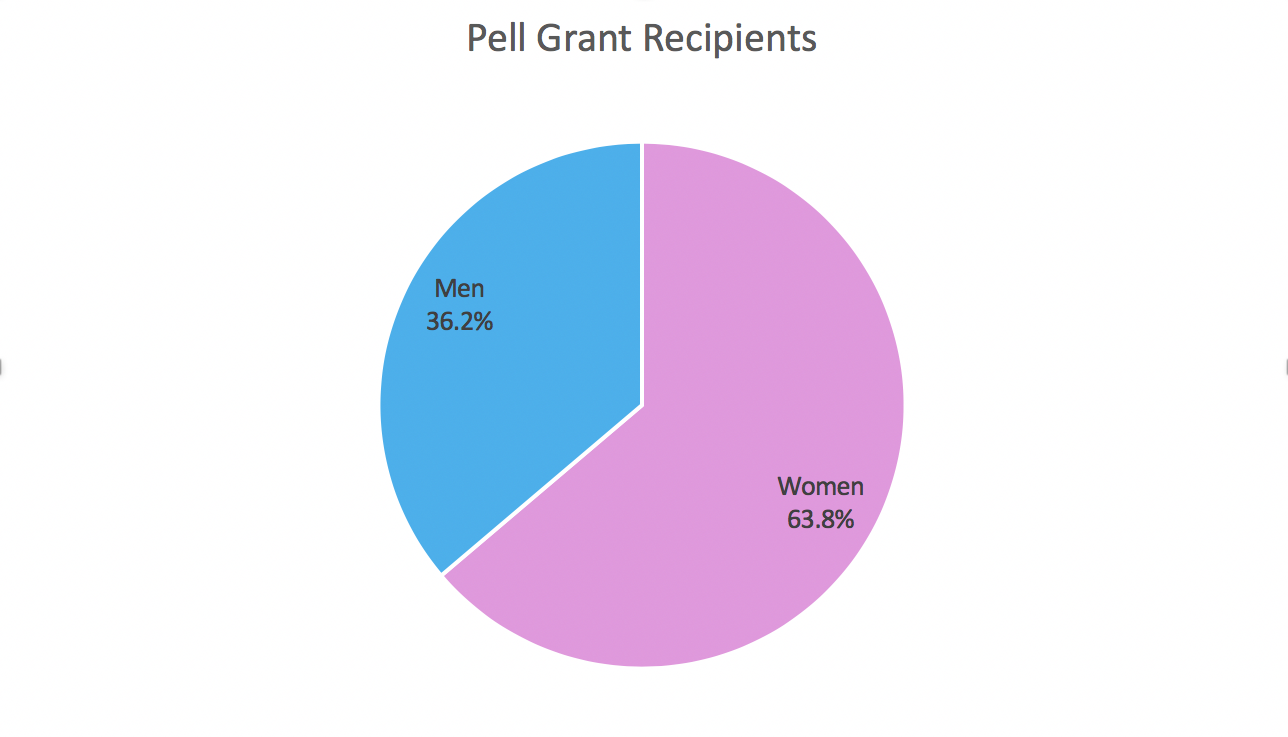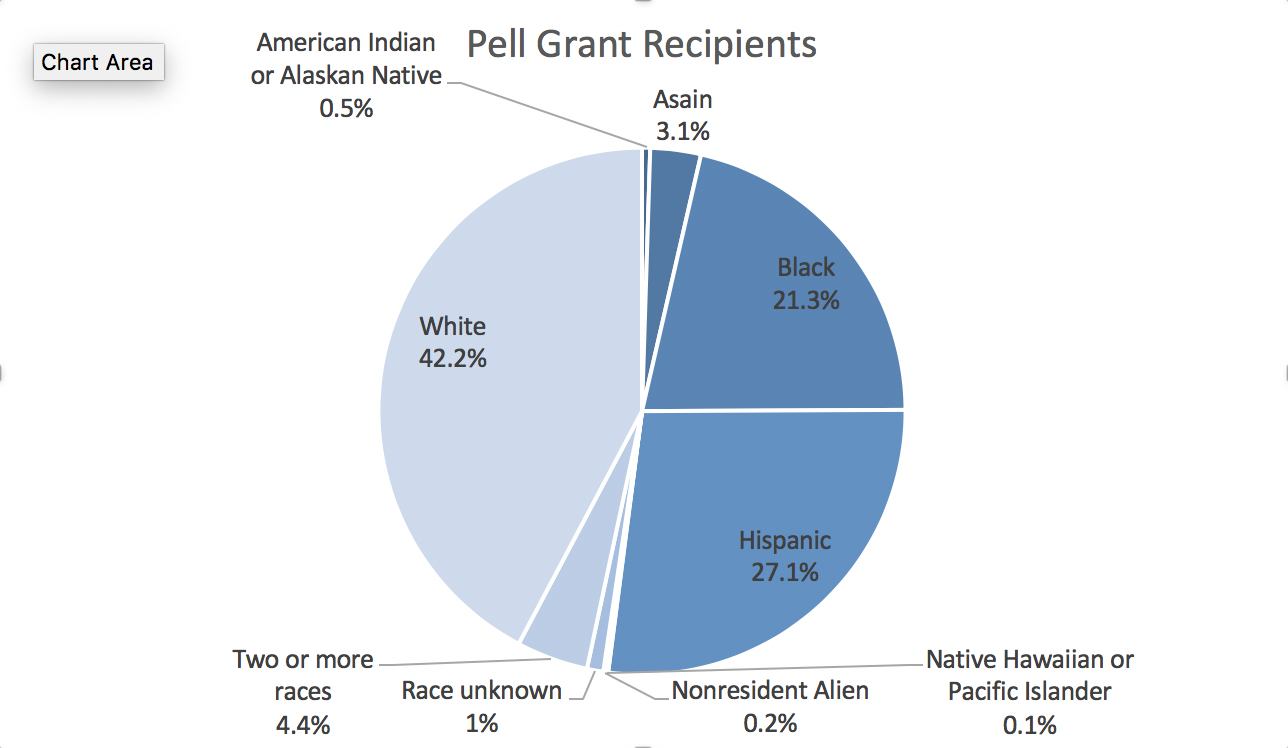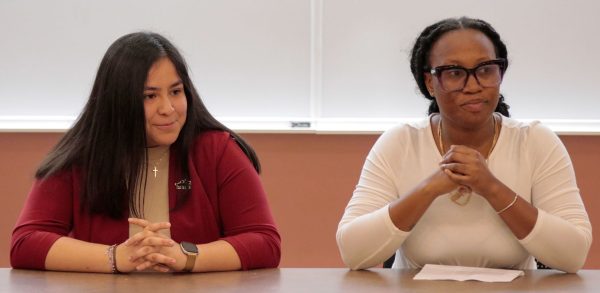Students awarded more than $50 million in financial aid last year
Kathy Browning, director of financial aid, gives a presentation to students about different financial aid programs on Feb. 7. Photo by Arianna Davis
College isn’t cheap and costs aren’t going down. To help from going into debt, students depend on financial aid. This year, about 76 percent of the student population received some form of financial aid, $59.4 million in total.
“There’s always been a saying that every year millions of dollars go unspent in financial aid, but most financial aid offices award out everything they possibly can award out. We don’t have leftover money because we have students that have a need,” Kathy Browning, director of financial aid, said.
Out of this $59.4 million, $8.6 million came from scholarships, $17 million came from grants or work study, and $33.8 came from student loans.
Mark McClendon, director of institutional research, provided additional data regarding financial aid, comparing the percentages of students receiving Pell Grants by gender and race.
Nearly two-thirds, 63.8 percent, of students receiving a Pell Grant last year were female, while only 36.2 percent were male. Additionally, 42.2 percent of these students were white, 27.1 percent were Hispanic, 21.3 percent were black, and 3.1 percent were Asian.
“Federal aid is the Pell Grants, student loans, and the work study program. We do have some state aid, and we have institutional aid, scholarships would be institutional or state. What most students relate to federal aid is pell grants and student loans, and then state aid would be Texas grants and then institutional grants and scholarships,” Browning said.
Browning also discussed the upcoming 2 percent increase in tuition and fees for the next academic year and how that may effect the financial aid process for students.
“It [increase in tuition] doesn’t effect the amount of aid but it effects the students cost of attendance. Every year we come up with an anticipated cost of attendance based on components such as tuition and fees, books, room and board, transportation, and miscellaneous. So that cost of attendance fluctuates from year to year because tuition and fees are gonna go up,” Browning said.
Browning said they’re trying to cover you for up to your cost of attendance. If you’re eligible for any federal or state grants, they award that. And then once they give you as much free money as possible they can start tipping into the student loans. So there’s potential for you to get more aid depending on how high your cost of attendance is.
Browning further explained the financial aid process and provided some advice for students when applying for aid.
“Apply early. Every year the FAFSA application is available Oct. 1, students need to be out on the FAFSA website submitting their application as early as Oct. 1, no later than the end of October. Another tip is that if we ask to get paperwork in, then get it in. Don’t wait around. We’re not asking you for anything that the feds wouldn’t be requiring.”
Browning stressed the importance of applying early, stating that the later you wait to apply the less aid will be available to students.
“That puts you in line for when we start awarding our students. You wanna have all your stuff ready and be in line to award. Our priority deadline is March 1, so anything after that date you’re going to be very limited on what you can be eligible to get after that. Student loans you can always get, some scholarships will be available, but the majority of the grant money we have will be done by March 1.”
Applying for financial aid can certainly be a stressful process with all of the paperwork, but the financial aid office is an available resource for students who may be confused or frustrated with the process.
“Sometimes students will get overwhelmed with the financial aid process. I always tell the students our job is to help them through the paperwork, their job is to go to class and make good grades. So if a student is getting confused or frustrated with the process than they need to come in and get help with the process,” Browning said.



















